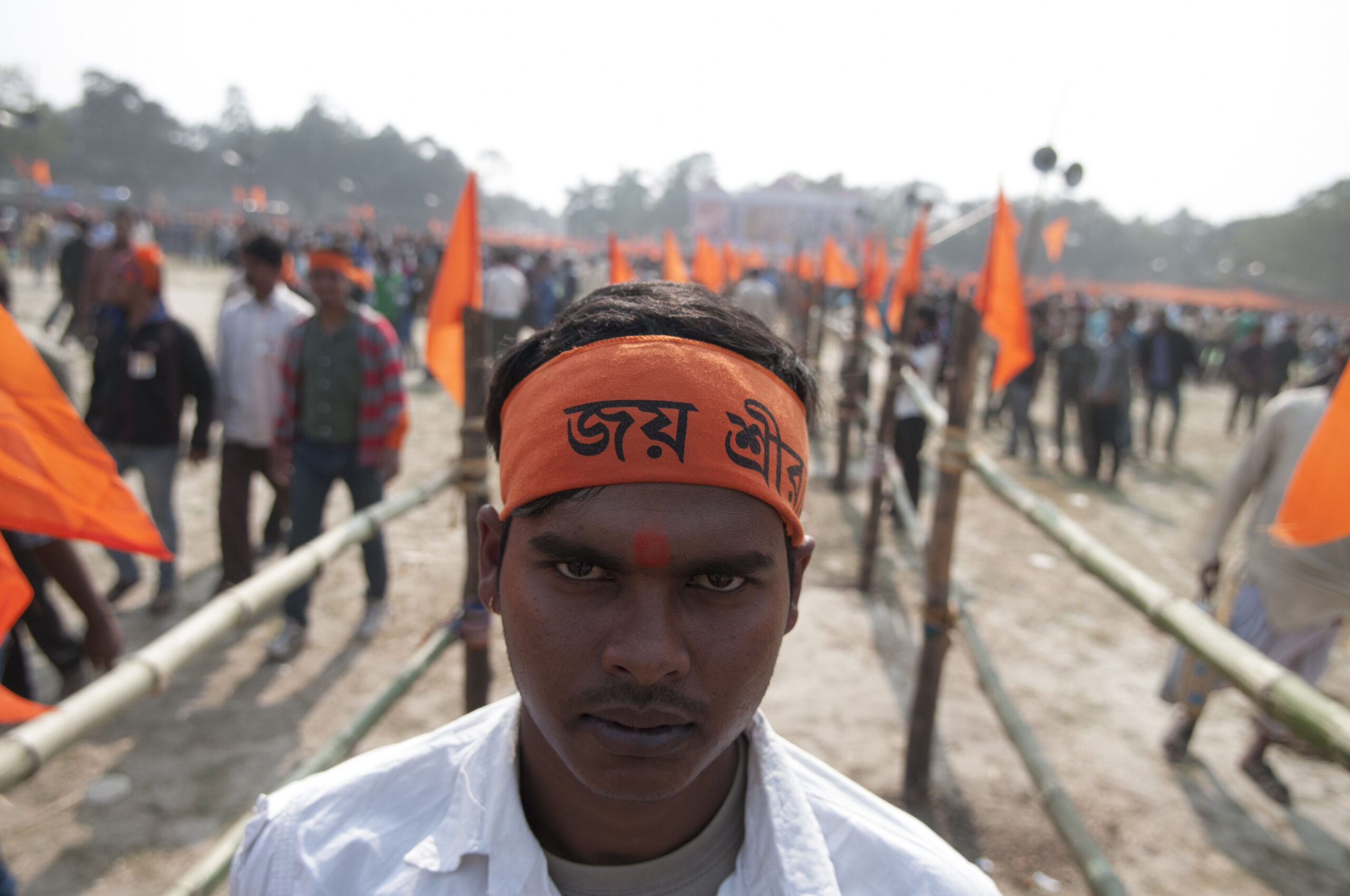
The recent loss of the Bharatiya Janata Party (BJP) from Faizabad in Uttar Pradesh has sparked renewed discussions about the state of Indian secularism. Faizabad, the site of the Ram Mandir, where Prime Minister Narendra Modi participated in elaborate religious ceremonies earlier this year, has become a focal point for these debates. This result is being hailed by many intellectuals and commentators as a significant sign of the enduring strength of Indian secularism. However, this raises several questions about the newfound importance attributed to secularism following the BJP’s defeat in Faizabad.
Had the BJP not lost the parliamentary seat in Faizabad, would the Indian elite and intellectuals still be proclaiming the vitality of Indian secularism? Faizabad’s population, less than a million, is a minuscule fraction of India’s total population. If the BJP had secured this seat but performed poorly elsewhere, particularly in Uttar Pradesh, would there still be speculation about the secularism of Indians? Faizabad’s identity is heavily linked to the grand Ram temple, which replaced the Babri Masjid, demolished on December 6, 1992. This demolition led to nationwide riots targeting Muslims, challenging Indian secularism. Yet, despite these challenges, India remains home to the world’s second-largest Muslim population, indicating that secularism, though tested, has not been entirely demolished.
The persistence of secularism among Indians is evident despite various communal incidents over the centuries. The general populace, including the illiterate at the grassroots level, often views the communal language and religious posturing of powerful politicians as politically motivated rather than genuinely religious. Politicians’ excessive emphasis on religious exercises, especially during election periods, is primarily perceived as a strategy to garner electoral support.
In the case of Faizabad, the BJP, led by Modi, placed significant emphasis on the Ram temple, hoping to leverage this religious symbol to sweep the national elections. However, this strategy did not yield the desired results. The BJP failed not only in Faizabad and Uttar Pradesh, a crucial state but also across the country, where it did not secure enough seats to form a government independently. The BJP’s failure in Faizabad has been interpreted by many as an affirmation of the strength of Indian secularism. However, it is important to note that in both the 2014 and 2019 parliamentary elections, the BJP won less than 40 percent of the seats, suggesting that it would be erroneous to judge Indian secularism solely based on the party’s electoral performance.
Faizabad’s electoral result indicates that voters’ secularism cannot be judged merely by the number of seats won by a party often viewed as communal. India’s multi-party system means that electoral outcomes are heavily influenced by the unity and effectiveness of opposition parties in their seat-sharing arrangements and campaign strategies. Ahead of the polls, it was assumed that Modi’s public display of religious devotion at the Ram temple would help the BJP secure a significant victory. The election results, however, indicated otherwise. The assumption that Indian voters would prioritize religious symbolism over other issues proved to be incorrect.
Reflecting on incidents like the Babri Masjid demolition, the Gujarat carnage, and other communal disturbances, it is evident that these events did not engage a majority of the country’s population in violence. Despite media portrayals suggesting otherwise, it is inaccurate to claim that these events involved or represented the sentiments of the entire nation. The BJP does not represent the entire Hindu community in India. Many of its key rival parties are led by Hindus, and a significant portion of critics who assert their own secularism and oppose communalism are also Hindus. These voices have played a crucial role in keeping secularism alive in India. Secularism in India is also upheld by those who fear the socio-economic consequences of communal violence. When communal violence erupts, it disrupts the lives and businesses of people from all communities. The negative economic impact of such violence, including loss of customers and disruptions to daily life, has contributed to a decline in large-scale communal riots. This does not mean that communal perceptions have changed dramatically, but the practical need for cooperation has kept communalism in check.
There is a distinction between voicing communal views and casting votes based on socio-economic considerations. The electoral defeat of the BJP in Faizabad, despite the party’s religious posturing, reflects the voters’ pragmatic approach. If the Congress and Samajwadi Party, along with their India-bloc allies, had not campaigned aggressively against the BJP, the result might have been different. Their campaign highlighted the socio-economic grievances of Faizabad’s residents, suggesting that supporting the BJP would exacerbate their problems.
The events of 1992 and 2002 were pivotal moments that highlighted the destructive potential of communal violence. The Gujarat carnage, confined to the state despite extensive media coverage, likely played a role in the BJP’s loss in the subsequent national elections. The electorate was not pleased with what they witnessed. The BJP returned to power after two terms of Congress-led government, indicating a cautious electorate wary of communal violence. The Covid-19 lockdown in March 2020 was another defining moment that made Indians acutely aware of the socio-economic impact of widespread disruptions. The lockdown’s harshness and extensive nature highlighted the broader consequences of national crises, including communal violence. This awareness has reinforced the preference for secularism over communalism among the majority of Indians.
In conclusion, while Faizabad’s electoral result has sparked discussions on Indian secularism, it is just one example of a broader trend. Indian secularism remains resilient despite political and communal challenges. The electorate’s pragmatic approach, prioritizing socio-economic stability over communal rhetoric, underscores the enduring strength of secularism in India. Faizabad’s result is a reminder that Indian secularism cannot be easily defeated, and the commitment to a secular, inclusive society remains strong.
